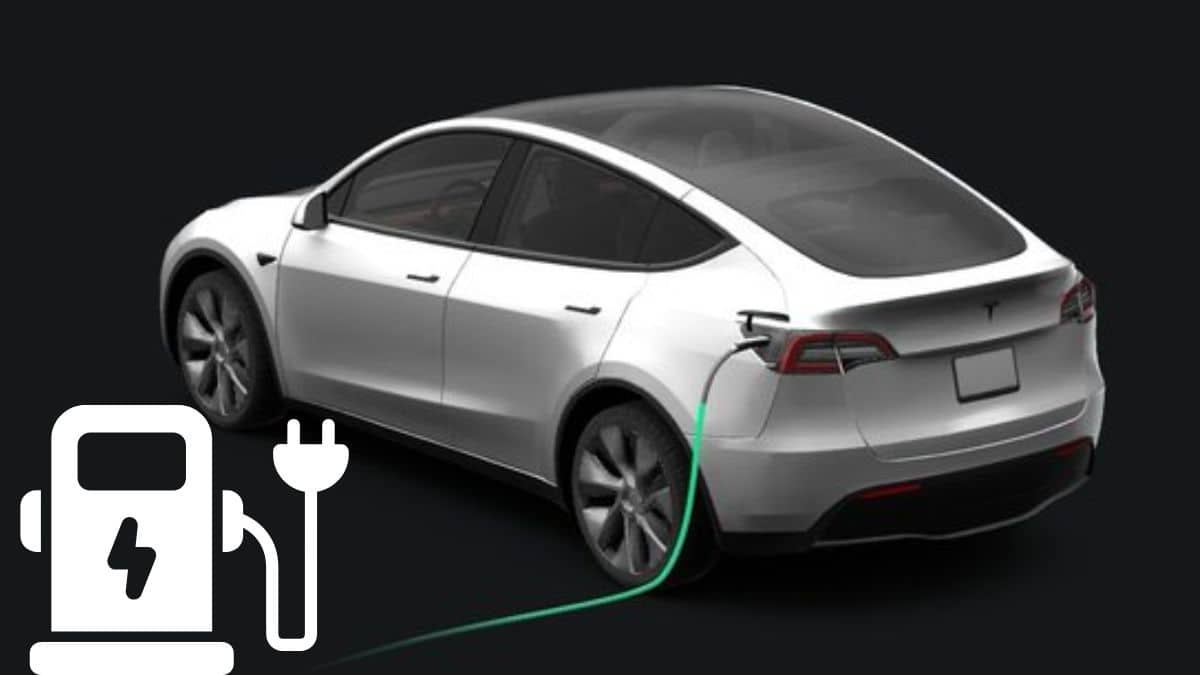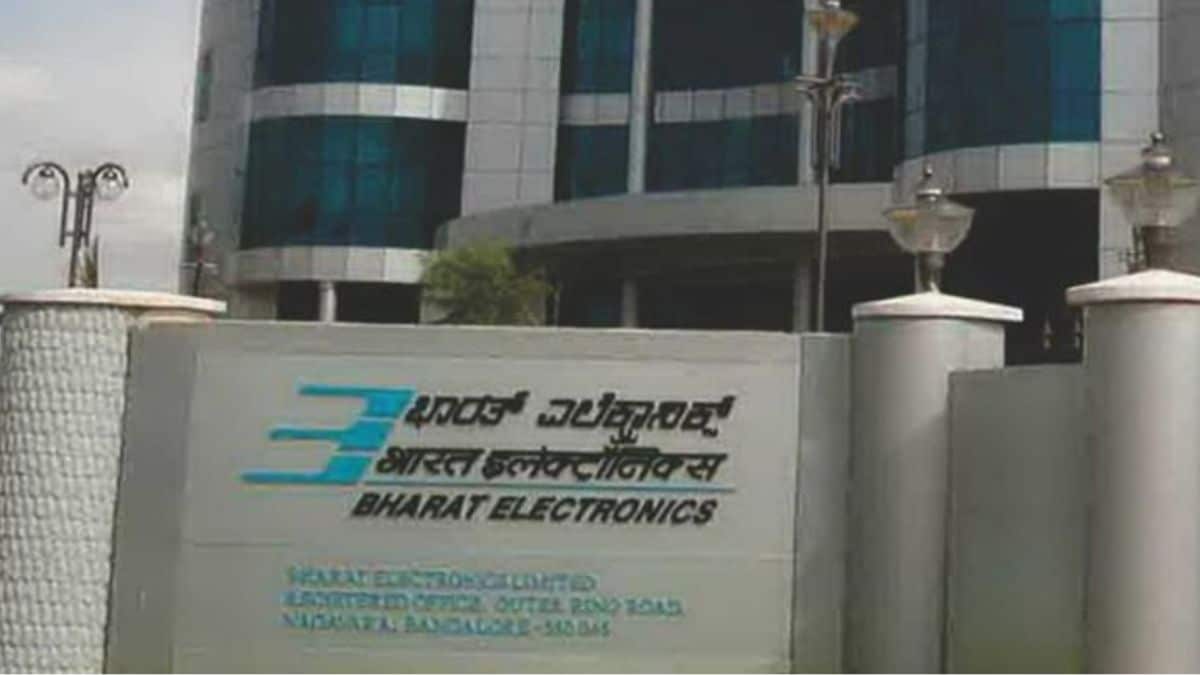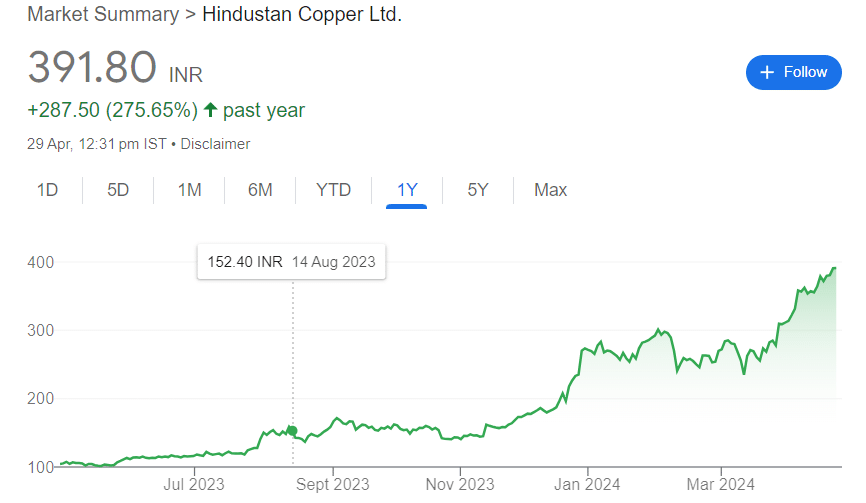Optimize Tesla Charging in Cold Weather with Battery Preconditioning for Enhanced Performance and Efficiency.
Join Our Telegram Channel To Get Daily Update
Tesla cold weather battery drain
New Tesla Supercharger: Yunlin – Dounan Datong, Taiwan (8 stalls) https://t.co/Cqm9LYmTuK pic.twitter.com/0obF92gT9Q
— Tesla Charging (@TeslaCharging) January 18, 2024
Tesla vehicles are equipped with a range of features specifically designed to enhance the driving experience in cold weather. Thanks to equal weight distribution, highly responsive motor control, and dynamic traction control, all Tesla models deliver optimal performance on wintry roads.
also read Electric Woes: Chicago Tesla Charging Stations Turn into Frozen Car Graveyards
In colder temperatures, the energy consumption of the vehicle increases as more energy is used to heat both the battery and the cabin. This is normal behavior, and Tesla has implemented various updates to address cold-weather challenges, such as improvements in overall thermal performance, quicker Supercharging, and enhanced cabin conditioning.
Many of these features are activated automatically, but drivers can also engage them before or during their journey. Tesla encourages all drivers to leverage these capabilities to ensure optimal performance in cold weather conditions.
Tesla cold weather range
There’s official PR statements being put out by @Tesla to hype $TSLA in the cold weather and then there’s reality of electric car ownership when batteries meet freezing cold temperatures
— Matthew (@mrnuu) January 15, 2024
EVs would be a very niche product w/o tax payer funded subsidies pic.twitter.com/lKIU6xOqUp
The impact of cold weather on electric vehicle (EV) range is widely recognized, particularly in subzero temperatures, with studies revealing range losses ranging from 10% to 36%. In extreme cold, EVs may also experience slower charging, and there have been reports of Tesla owners near Chicago facing challenges where their cars wouldn’t charge at all. While experts acknowledge the difficulties cold weather poses for EVs, they emphasize that with careful planning and some adjustments, owners should be able to maintain relatively normal travel capabilities.
Tesla slow charging in cold weather
Within electric vehicle (EV) batteries, the movement of lithium ions through a liquid electrolyte generates electricity. However, as temperatures drop, these ions move more slowly through the electrolyte, resulting in reduced energy release and a diminished travel range, ultimately depleting the battery faster.
Conversely, during cold weather, electrons move sluggishly, impeding the battery’s ability to accept electricity efficiently from charging plugs, thereby slowing down the charging process. The challenge arises from the fact that in frigid temperatures, batteries must reach sufficient warmth for electron mobility, which becomes even more crucial at fast-charging stations like Tesla’s Supercharger stations.
Neil Dasgupta, an associate professor at the University of Michigan, explains that the slowdown in chemical processes at low temperatures is a natural phenomenon, requiring strategic management. At a Supercharger station in Pittsfield Township, Michigan, a Tesla owner, Ankita Bansal, faced challenges as her car’s battery, with only 7% charge remaining, needed to heat up before accepting electricity, prolonging the charging time to an hour and 50 minutes for a full charge.
This scenario underscores the intricate interplay between temperature and battery performance, a factor EV owners must navigate in colder climates.
Tesla cold weather feature upgrade
Teslas prove to be formidable contenders in snowy conditions, rivaling, if not surpassing, the capabilities of conventional gas-powered cars. A key advantage lies in their all-wheel-drive capability, a feature present in some Tesla models that intelligently distributes power to all four wheels, reducing the risk of traction loss on slippery surfaces.
Despite concerns about cold-weather performance, Teslas exhibit impressive efficiency in power usage. Notably, a Model 3 maintained a warm interior at 65°F for nearly two days in subfreezing temperatures, as demonstrated by Car and Driver. The remarkable range of Teslas also stands out, even in colder climates.
In a January 2023 group test, the Model 3 outperformed 29 electric cars, maintaining both the longest distance traveled and experiencing just a 16.4% loss of its claimed range. Additionally, Tesla’s defrost feature proves invaluable in winter conditions, efficiently melting snow and frost, and eliminating the need for laborious windshield scraping on snowy or frosty mornings.
While acknowledging that tire performance is not unique to Teslas, it’s crucial to emphasize that a car’s effectiveness in snow is heavily dependent on its tires. Winter tires, with their natural compounds and deeper treads, significantly enhance grip in snowy and cold conditions, contributing to Tesla’s prowess in winter driving.
How to warm up tesla battery for charging?
To warm up your Tesla battery for charging, you can utilize the preconditioning feature provided by Tesla. Preconditioning is a proactive process designed to prepare both the battery and the cabin temperature before initiating the charging session. This can be achieved through the following steps:
- Use the Tesla App:
- Open the Tesla mobile app on your smartphone.
- Navigate to the “Climate” or “Precondition” settings.
- Schedule Preconditioning:
- Set a schedule for preconditioning based on your typical charging times. This allows the battery to reach an optimal temperature before you start charging.
- Manual Activation:
- If you prefer immediate warming, you can manually activate preconditioning through the app before you plan to charge.
- Onboard Controls:
- Tesla vehicles also have onboard controls for preconditioning. You can access these controls from the touchscreen inside the car.
- Charging Station Arrival:
- If you’re heading to a Supercharger station, it’s advisable to activate preconditioning just before arriving to ensure the battery is at an ideal temperature for fast charging.
Conclusion: tesla charging in cold weather
By warming up the Tesla battery before charging, you enhance its efficiency, improve charging speeds, and contribute to overall battery health. This is especially crucial in extreme weather conditions, where the battery’s performance may be affected by extreme heat or cold. Utilizing the preconditioning feature ensures that your Tesla is ready for optimal charging performance regardless of the external temperature.
Source: Tesla in cold weather – your questions, answered











1 thought on “tesla charging in cold weather: Understanding Cold Weather Hurdles for EVs”
Comments are closed.